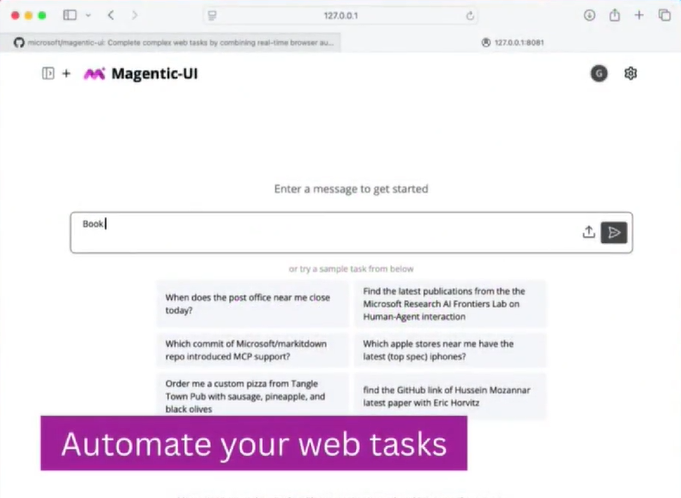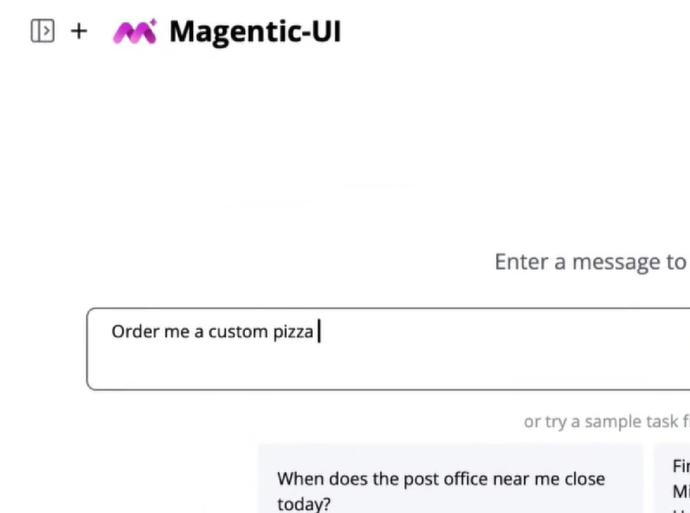Microsoft Open-Sources Magentic-UI for Human-AI Web Automation
At the Microsoft Build Developer Conference, the tech giant unveiled Magentic-UI, a groundbreaking open-source project that redefines how humans and artificial intelligence collaborate on web automation. This innovative system promises to transform routine digital tasks while keeping users firmly in the driver's seat.

A New Era of Human-AI Collaboration
Magentic-UI represents a significant leap from traditional automation tools. Built on Microsoft's Magentic-One and AutoGen frameworks, it addresses the common frustrations of opaque AI operations by making every step visible and adjustable. Imagine having a digital assistant that doesn't just work for you, but with you - showing its work and waiting for your approval before taking critical actions.
The system handles everything from simple web browsing to complex operations like form completion, file processing, and even code generation. What sets it apart is its interactive task planning: users receive detailed execution blueprints they can modify, reorder, or halt at any point.

Transparency as Standard
Security-conscious users will appreciate Magentic-UI's rigorous approach to control. Its visual interface displays real-time operations, while sensitive actions - like making purchases or sending messages - require explicit user authorization. Website whitelisting adds another layer of protection, letting users restrict where the agent can operate.
The system also learns from experience. Completed tasks become templates for future use, creating an efficiency feedback loop. Microsoft's internal testing showed promising results, with the system autonomously completing nearly a third of complex benchmark tasks.
Powering the Future of Automation
Under the hood, Magentic-UI employs a sophisticated multi-agent architecture. The FireSurfer agent handles technical heavy lifting like file conversions and code execution, all within secure Docker containers. This modular design offers both stability and flexibility - when a user requests flight information, for example, the system can generate a complete search plan that users can refine with specific preferences.
By open-sourcing the project under an MIT license, Microsoft has invited global developers to contribute to what it calls the "agent network" vision. Early GitHub engagement suggests strong community interest, with hundreds of developers already exploring its potential.
The applications span from personal productivity boosts to enterprise transformation. Individuals can automate tedious data collection, while businesses might deploy customized agents for customer service or analytics workflows. With planned integration into Azure AI Foundry and Copilot Studio, Magentic-UI appears poised to become a cornerstone of Microsoft's automation strategy.
Key Points
- Combines AI automation with human oversight through transparent operation display
- Requires explicit approval for sensitive actions and supports access restrictions
- Learns from user interactions to improve future task execution
- Open-source model encourages developer participation and customization
- Potential applications range from personal assistants to enterprise solutions